Pizzerías and Landmarks: Buenos Aires Unveiled
Join our free walking tour to explore Buenos Aires' stunning landmarks and savor local Pizzerías, where culture and flavor blend seamlessly in the city.
Time
3 Hours
Stops
9 Places
Distance
4.6 km
Teatro Colón
Start your journey at the iconic Teatro Colón, one of the world's most renowned opera houses, offering a glimpse into the rich cultural tapestry of Buenos Aires.
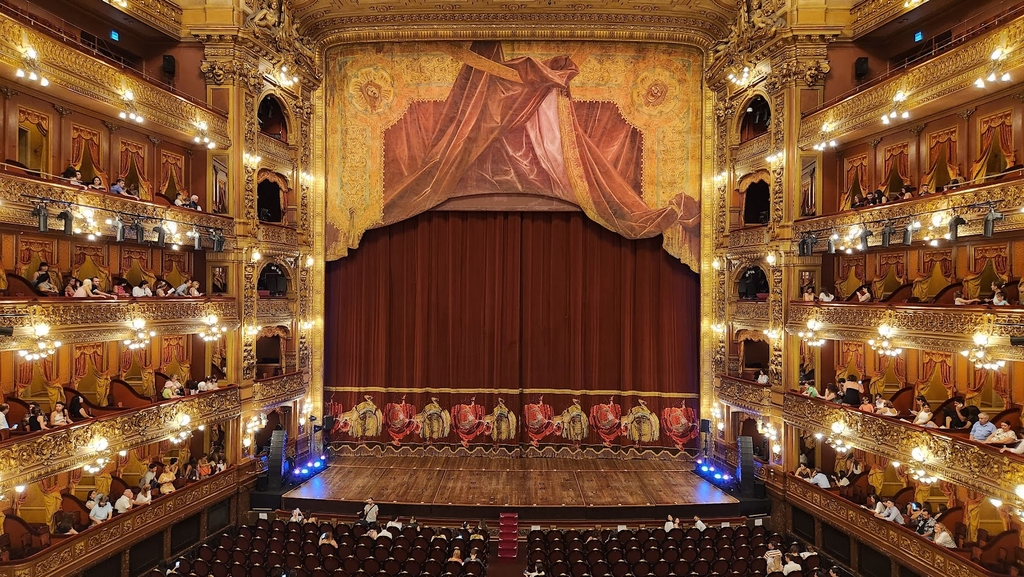
Teatro Colón (Source: Google Maps)
Teatro Colón is one of the most important opera houses in the world, renowned for its exceptional acoustics and stunning architecture. Opened in 1908, it was designed by architect Francisco Salamone, featuring a neoclassical façade and an opulent interior adorned with marble, gold leaf, and intricate frescoes. The theater has hosted numerous legendary performances and is a vital part of Buenos Aires' cultural heritage. Its rich history includes hosting famous artists like Maria Callas and Plácido Domingo, making it a must-visit for music and architecture lovers.
El Cuartito
Satisfy your pizza cravings again at El Cuartito, known for its vibrant atmosphere and delicious slices.
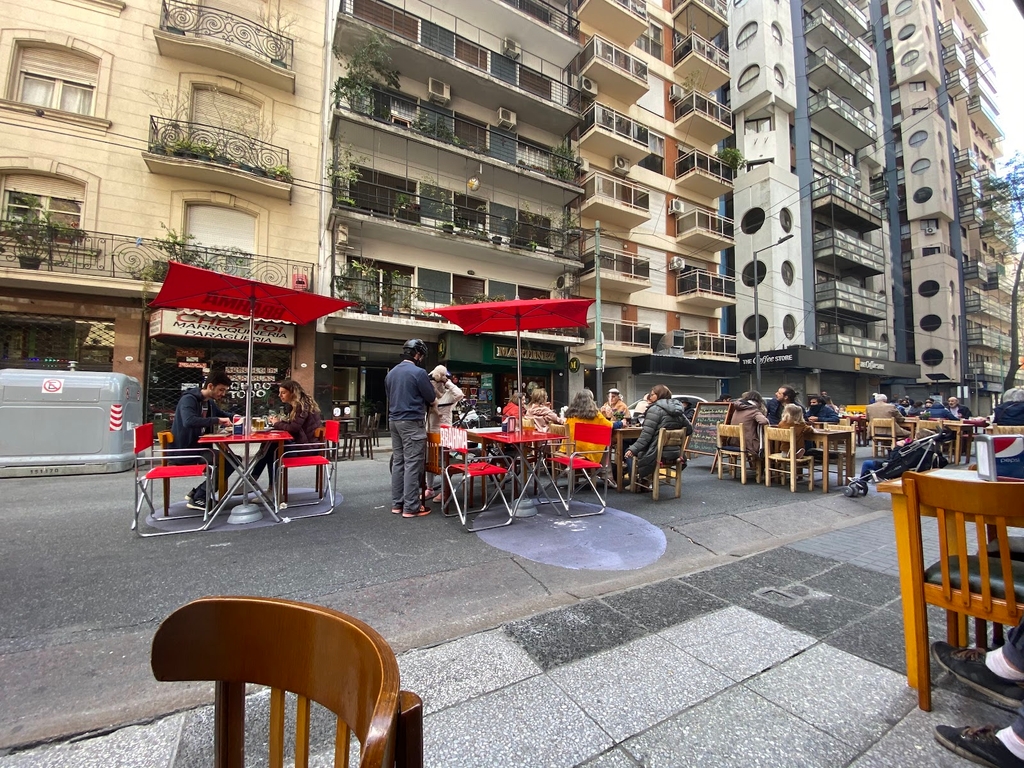
El Cuartito (Source: Google Maps)
Obelisco de Buenos Aires
Just a short walk away, visit the Obelisco, a national historic monument and symbol of Buenos Aires, standing proudly in the heart of the city.
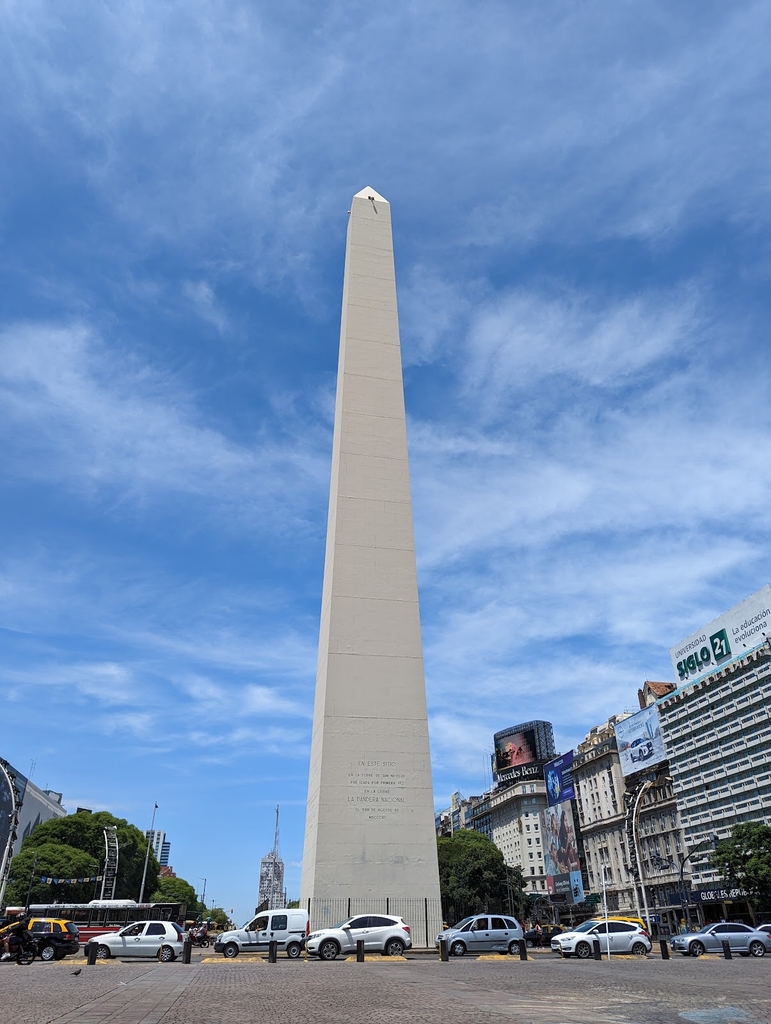
Obelisco de Buenos Aires (Source: Google Maps)
The Obelisco de Buenos Aires stands as a monumental symbol of the city, erected in 1936 to commemorate the 400th anniversary of the first foundation of Buenos Aires. This iconic structure, reaching 67 meters high, is located at the intersection of Avenida 9 de Julio and Avenida Corrientes, making it a central landmark in the bustling city. The Obelisco's design is reminiscent of ancient Egyptian obelisks, and it has become a gathering point for national celebrations, protests, and cultural events. Its historical significance and striking presence make it a focal point for both locals and tourists.
Güerrin Pizzeria
A legendary spot for pizza lovers, Güerrin serves traditional Argentine-style pizza, perfect for a delicious break.
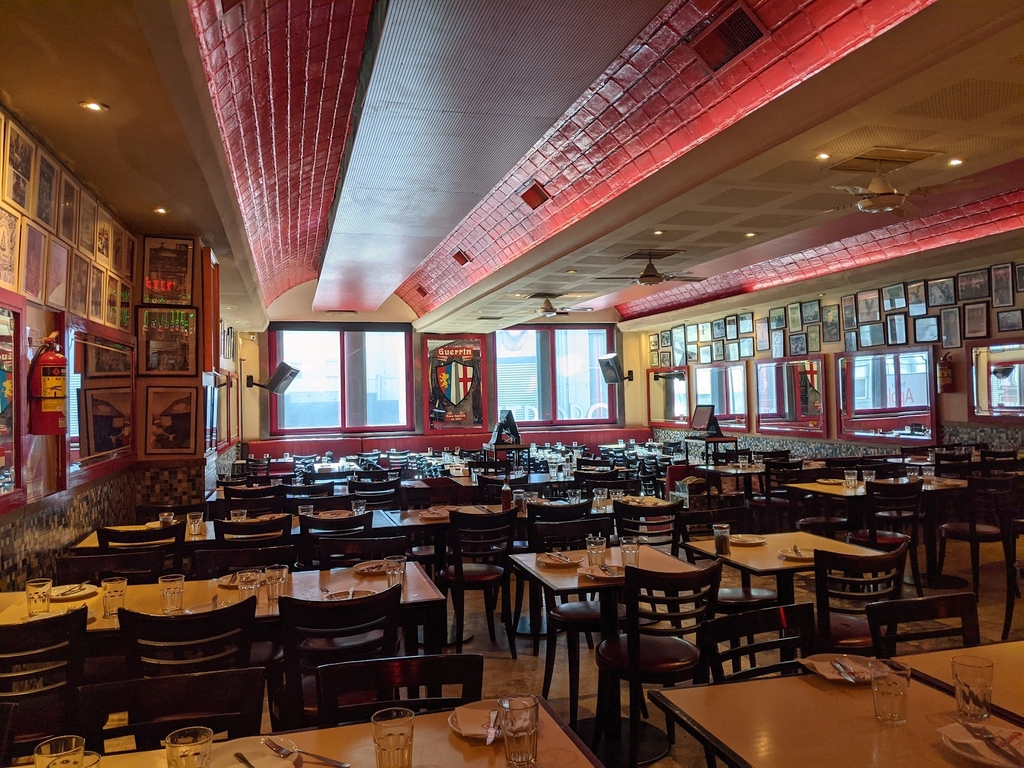
Güerrin Pizzeria (Source: Google Maps)
Palacio Barolo
Continue your tour with a visit to Palacio Barolo, a stunning architectural masterpiece inspired by Dante's Divine Comedy.
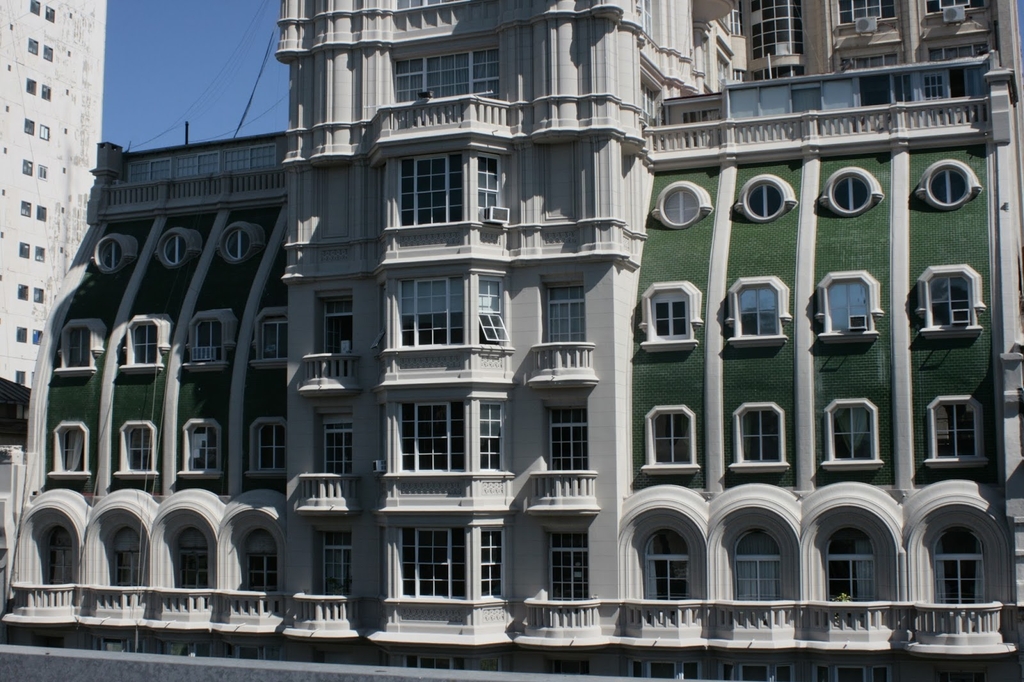
Palacio Barolo (Source: Google Maps)
Palacio Barolo, completed in 1923, is an architectural gem inspired by Dante Alighieri's 'Divine Comedy'. Designed by Italian architect Mario Palanti, the building reflects a unique blend of neo-romantic and eclectic styles. Standing at 100 meters, it was once the tallest building in South America and is adorned with symbolic elements representing the journey through Hell, Purgatory, and Paradise. The palace features a stunning lighthouse that symbolizes hope and enlightenment. Today, it serves as a cultural center and office space, offering guided tours that delve into its fascinating design and literary connections.
Café Tortoni
Experience the charm of Buenos Aires' café culture at Café Tortoni, one of the city’s oldest and most famous cafes.
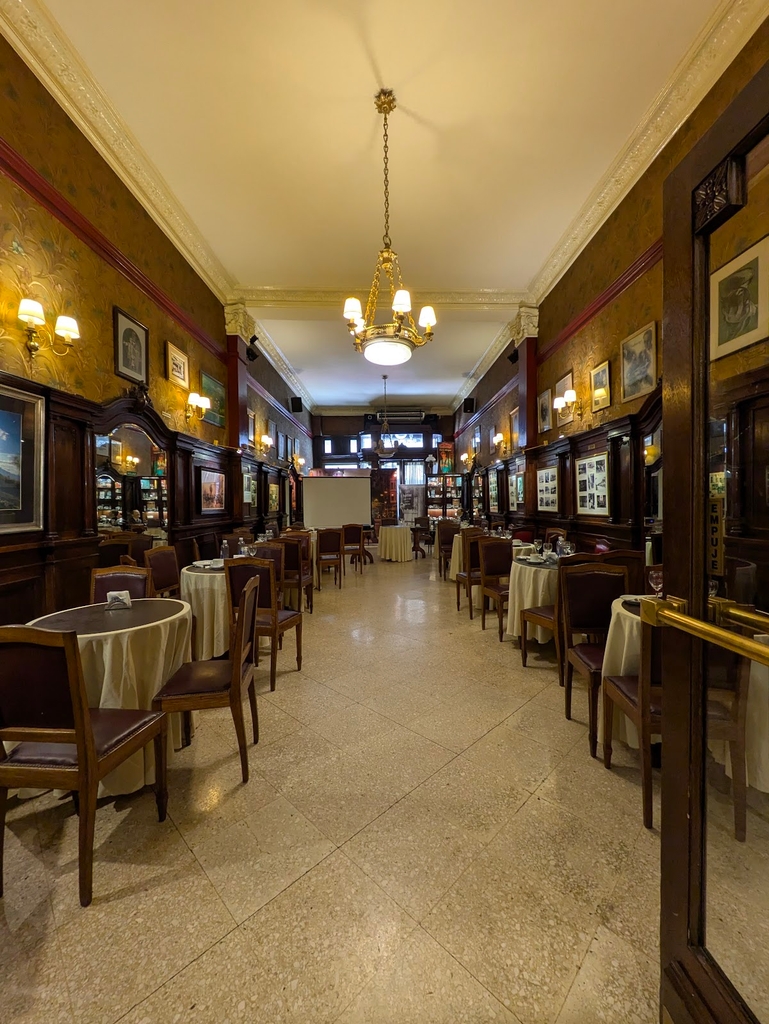
Café Tortoni (Source: Google Maps)
Metropolitan Cathedral
Visit the Metropolitan Cathedral, the main Catholic church in Buenos Aires, and admire its impressive neoclassical architecture.
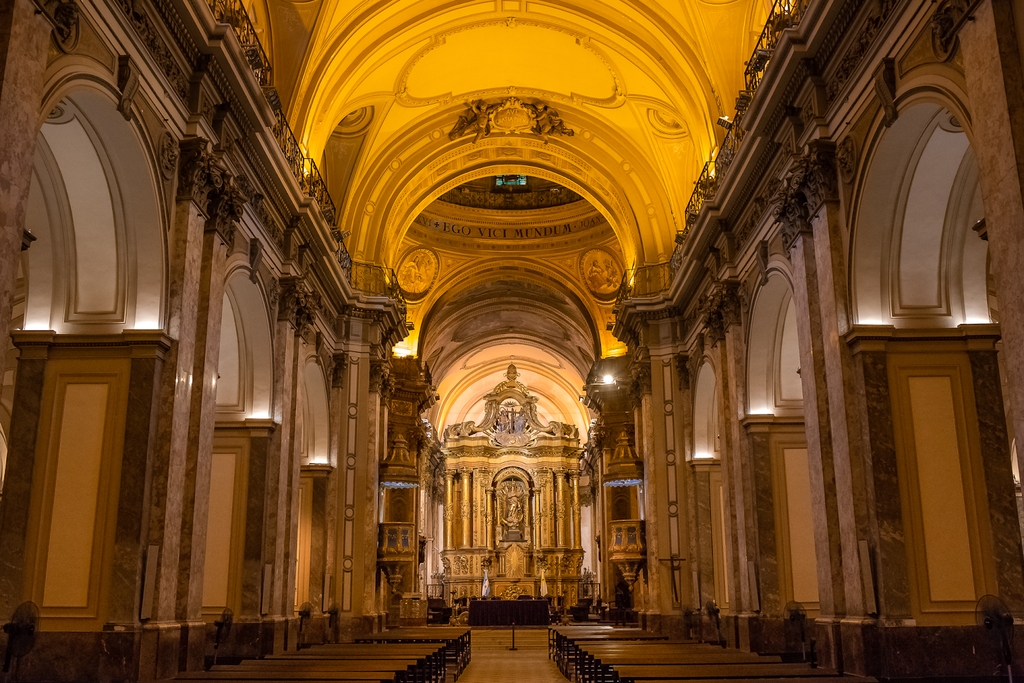
Metropolitan Cathedral (Source: Google Maps)
The Metropolitan Cathedral of Buenos Aires is the principal church of the city and a stunning example of neoclassical architecture. The cathedral, inaugurated in 1822, features an impressive façade with Corinthian columns and a grand staircase that leads to its main entrance. Inside, visitors can admire beautiful altarpieces, intricate woodwork, and the tomb of General San Martín, a national hero. The cathedral has undergone several renovations over the years, blending various architectural styles, including baroque and neo-Gothic elements. It serves as a vital religious and cultural site, hosting significant ceremonies and events.
Plaza de Mayo
Head towards Plaza de Mayo, the city's main square, surrounded by significant historical buildings like the Casa Rosada.
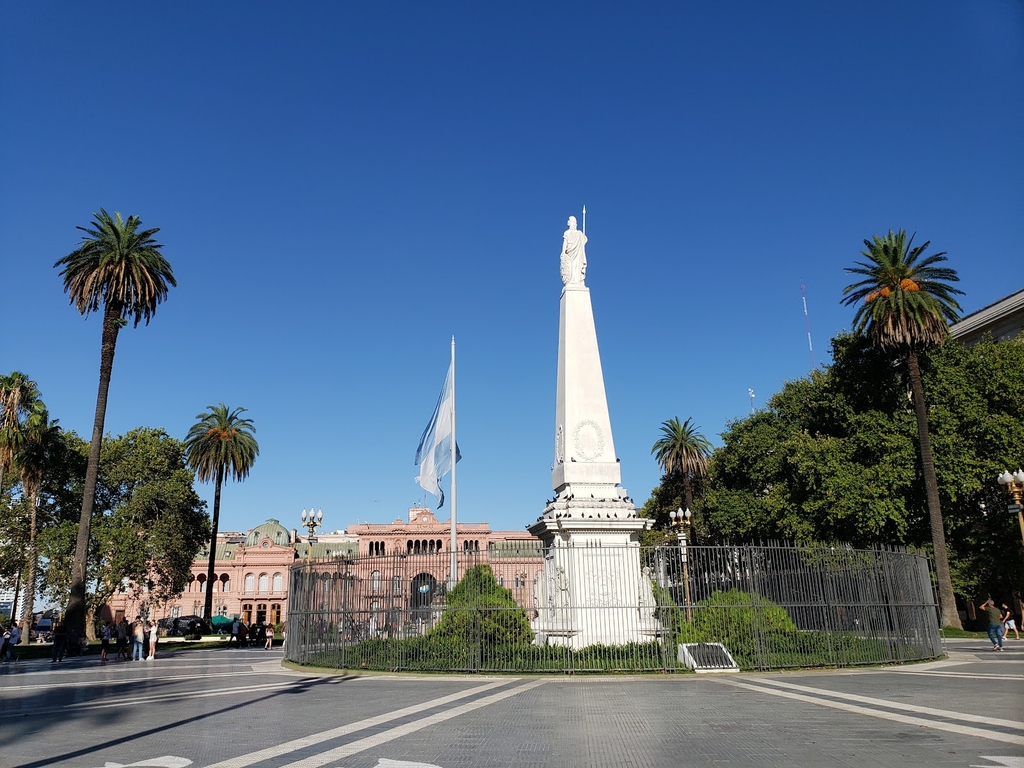
Plaza de Mayo (Source: Google Maps)
Plaza de Mayo is the historical heart of Buenos Aires, surrounded by significant landmarks, including the Casa Rosada, the government palace. Established in the 16th century, this square has been the site of many pivotal events in Argentine history, including the May Revolution of 1810, which led to independence from Spanish rule. The square features several monuments, including the Pirámide de Mayo, commemorating the revolution. It serves as a gathering place for political demonstrations, cultural events, and celebrations, making it a vibrant hub of activity and a testament to the nation's democratic spirit.
Manzana de las Luces
Conclude your tour at Manzana de las Luces, a historic area rich in cultural and educational heritage, showcasing colonial architecture and underground tunnels.
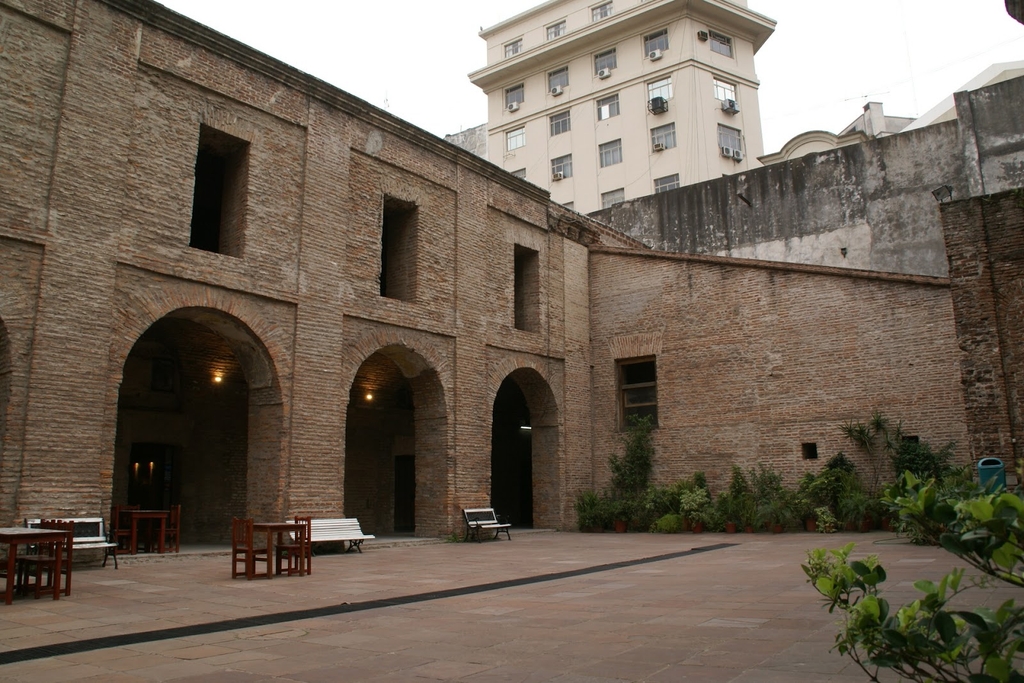
Manzana de las Luces (Source: Google Maps)
Manzana de las Luces, or the 'Block of Lights', is a historic area in Buenos Aires that showcases the city's colonial past. This site is home to several significant buildings, including the former Jesuit headquarters and the historic church of Santo Domingo. The area is known for its underground tunnels, which were used for various purposes, including smuggling and religious ceremonies. Rich in cultural and educational heritage, Manzana de las Luces has been a center for learning since the 18th century, housing schools and libraries. Today, it stands as a testament to the city's architectural evolution and historical significance.

Your travels, your rules.
Create your own Free Walking Tours.
Set your preferences, distances and anything you want to do or see.
Completely free, no payment required.